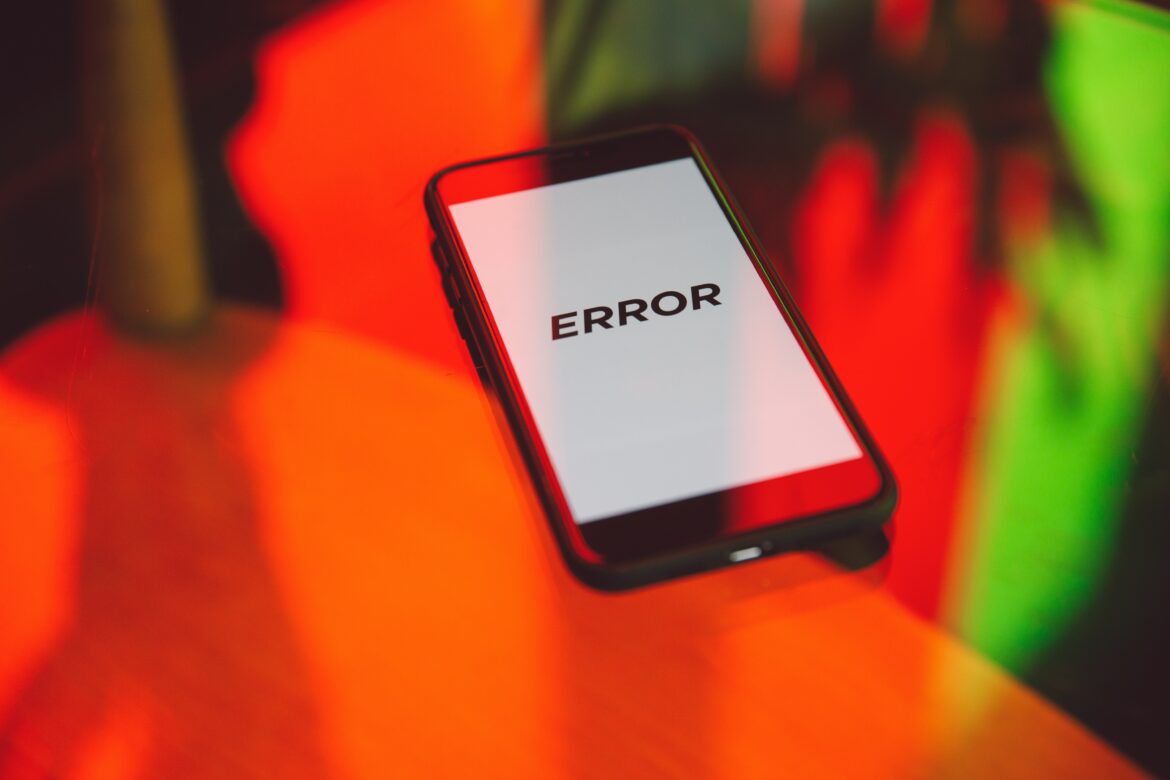As the volume of academic articles being published increases, there is an accompanying focus on delivering high-quality manuscripts devoid of common errors in English writing. While English has long been established as the language of science, many relevant and important articles are written in local languages, which highlights a need for good academic translation. Researchers with English as a second language (ESL) often need to translate their work to get published in English language journals, opening the doors to a wider audience and increased impact. However, ensuring accurate academic translation where the original meaning is retained while avoiding common errors in English writing is not an easy task. When translating from local languages to English, researchers not only need to have a particularly good understanding of both the source and the target languages, but also of the culture of the region where the languages are spoken to avoid errors in academic writing. This requires a complex set of competencies, a lack of which can lead to common errors in English writing.
For busy researchers struggling with a language they may not be fluent in or comfortable this, academic translation is a daunting task. Many ESL students and researchers write manuscripts first in their local or native language before translating it, but often end up making English language errors. For them, it is often a major challenge to find the right words when translating their work and one of the common errors in English writing comes from this struggle to find local language word equivalents in English.
Inadequacies and errors in academic writing tend to creep in when the manuscript is translated verbatim without a strong understanding of grammar. Most of the common errors in English writing are due to the varying use of grammar or how complex sentences are framed and the structural variations between languages. The resultant translated work could suffer from English language errors, which hinders its chances of being published in leading journals or even being read and appreciated by global audiences. This article highlights four common errors in English writing due to inaccurate academic translation and offers practical tips on how to avoid them.
Academic translation: Common errors in English writing
1. Avoid word-to-word translations
In academic translations, avoid translating word for word as this oftentimes leads to a distortion of the original meaning of the text. In fact, most online translation tools are not designed to understand these nuances or academic contexts and can introduce English language errors as they tend to do literal translations. Therefore, if using such tools, it is advisable to double check the results or even consult a human editor to do a quality check to avoid the most common errors in English writing.

2. Choose synonyms carefully
While it is important to retain the same style, tone, and manner of the original document, be careful of the synonyms you choose to use to avoid common errors in English writing. Researchers who cannot find exact matches in English often use synonyms in their work, but if used incorrectly these can change the intended meeting and add to the number of English language errors in your work. Remember that every word has a particular meaning and simply replacing them with a synonym without checking to see if it fits the context is one of the most common errors in English writing by both ESL and native English-speaking authors.
3. Understand the cultural nuances
One of the main reasons for English language errors is a lack of knowledge about the different cultural nuances in languages can lead to misunderstandings. Every language has its own unique interpretations based on how people think, live, talk, as well as their history and geographic position and this needs to be considered during academic translation. As a simple example, Americans use the term “first floor” to describe the ground level of a building, whereas the British use the term when referring to the floor above ground level. Another important point to avoid common errors in English writing is for translators to understand that words in different languages may have a similar form but a different meaning. For example, “home” in English refers to where you live, but in Finnish it translates to “mold.”
4. Pay particular attention to the usage of punctuation marks
Not all languages use punctuation marks the way it is used in English. For example, the question mark is used as a semicolon by the Greeks. Also, punctuation marks when used incorrectly can lead to misinterpretations. For example, in French “pêcheur” means fisherman while “pécheur” translates to sinner. It is important to keep punctuation and grammar rules in mind to avoid common errors in English writing.
How you can ensure error-free academic translations
Translating academic text with minimal or no errors takes time and effort. Today, researchers have access to online translation tools, but these are not designed for academic work and can often introduce common errors in English writing. Thus, authors need to follow this up with a grammar check online or tap professional editing services to polish their paper for submission. Paperpal, an advanced AI based language tool, has come in to solve this problem.
Designed for researchers and trained on millions of academic texts, Paperpal’s powerful algorithms offer real-time subject-specific suggestions to avoid English language errors and help you improve your paper. And with its latest academic translation feature, this AI writing tool allows researchers to not only translate but also check their work on a single platform. This reduces the time and effort researchers need to invest in translating their work effectively and eliminating common errors in English writing to deliver high-quality manuscripts that are ready for journal submission.



